The Best Grass for Your Tennessee Lawn
BY JUDITH GALLOVA | APRIL 30TH, 2023 | LAWN CARE, TENNESSEE
Home to America’s most-visited national park, Tennessee isn’t short of scenic attractions. You can bring some of that beauty to your front yard as well, and it starts with a lush lawn.
A great lawn significantly enhances the curb appeal of your home, increases its value, and provides a space for relaxation and recreation. But not all grass is built alike. The best grass for a lawn in Tennessee will thrive in a climate that has distinct seasons and significant weather fluctuations.
Below are the best.
In this article:
- Warm-Season Vs. Cool-Season Grasses
- The Best Warm-Season Grass Types
- The Best Cool-Season Grass Types
- FAQ About Tennessee Grass Types
- How to Make the Most Out of Your Tennessee Lawn
Warm-Season Vs. Cool-Season Grasses
Grass types are usually categorized into warm-season and cool-season grasses:
- Warm-season grasses grow most actively in late spring and summer, when temperatures are around 75 to 95 degrees Fahrenheit. They perform best in the southern half of the United States. Most of these grasses go dormant and brown in the winter.
- Cool-season grasses grow most actively in early spring and fall, when temperatures are around 55 to 75 degrees Fahrenheit. They’re well-suited to northern climates with distinct seasons and cold winters. They often go dormant and brown in the summer, when there’s heat and drought.
Because Tennessee is in the transition zone, it accommodates both cool-season and warm-season grasses.
However, take note that Tennessee is a diverse state that consists of different regions:
- Western Tennessee: the climatically warmest part of the state is here; however, the region is also most susceptible to severe weather and the remnants of tropical storms and hurricanes
- Middle Tennessee and Cumberland Plateau: variable climate; Cumberland Plateau receives the most snow and rain; it’s also most likely to snow here, even when it’s raining in the rest of the state
- Eastern Tennessee: the “rain shadow” effect occurs in this region, meaning that it has dry areas; it has both the lowest and the highest rainfall records
Depending on where in Tennessee you live, the climate, hardiness zone, and elevation may vary and impact your grass choice. With that in mind, let’s take a look at the best warm-season and cool-season grasses for Tennessee below.
Warm-Season Grass Types for Tennessee
1. Bermudagrass
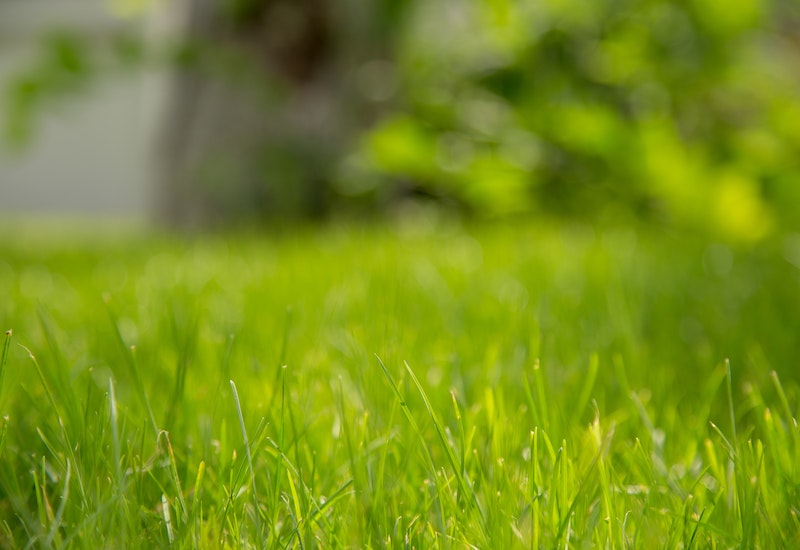
Photo Credit: Pexels
Bermudagrass can withstand heat and drought very well. It’s also a great option for busy lawns because it holds up well to foot traffic. Once established, it forms a light green, dense turf.
This grass comes in various cultivars, each with different needs and characteristics. If you want to know which Bermudagrass is right for you, be sure to talk to an expert. Also, take note that the grass has an aggressive tunneling habit, so you’ll need to protect your ornamental beds with concrete or metal edging down to about two inches.
Classification: Warm-season grass
Spreads by: Stolons and rhizomes
Shade tolerance: Low; some cultivars may have slightly better shade tolerance, but in general, Bermudagrass needs full sun
Drought tolerance: High
Foot traffic tolerance: Highly wear-resistant; if foot traffic damage does occur, Bermudagrass recovers well because of its aggressive rhizomes.
Maintenance needs: Moderate; may need mowing as often as twice per week due to its low mowing height; plan to dethatch regularly
Mowing height: 1 to 2.5 inches (rotary mower) or 0.75 to 1 inch (reel mower)
Potential for disease: Low, but common diseases include spring dead spots, large patches, and take-all root rot
2. Centipedegrass
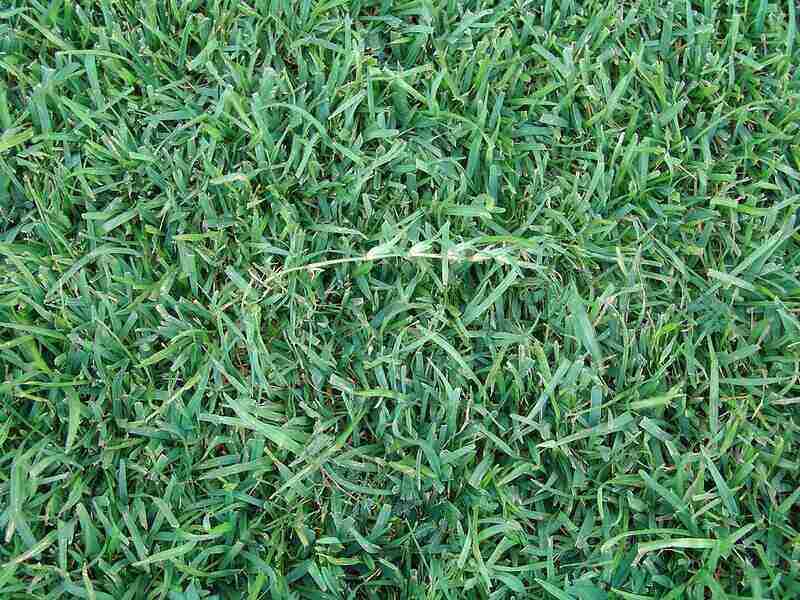
Photo Credit: James Becwar / Wikimedia Commons / CC0 1.0
If you’re looking for a low-maintenance grass, centipedegrass is a great option. It needs less mowing, watering, and fertilizer compared to other grass types, making it ideal for those who want a beautiful lawn without too much upkeep. Using fewer chemicals is also better for the environment and animals.
One of the weaknesses of centipedegrass is that it can’t handle much foot traffic, so if you have a busy lawn, you should look elsewhere. This grass also grows slowly, so you may want to consider getting sod or plugs, but those will also be more expensive. Moreover, take note that not all varieties are cold-hardy.
Classification: Warm-season grass
Spreads by: Stolons
Shade tolerance: Moderate; full sun or partial shade
Drought tolerance: Moderate to high (with the right maintenance)
Foot traffic tolerance: Very low; if damaged, ensure to water promptly
Maintenance needs: Low, and requires less mowing than other grasses because of its slow growth habit
Mowing height: 1 to 2 inches, depending on conditions
Potential for disease: Moderate; can be prevented with the right care
3. Zoysiagrass
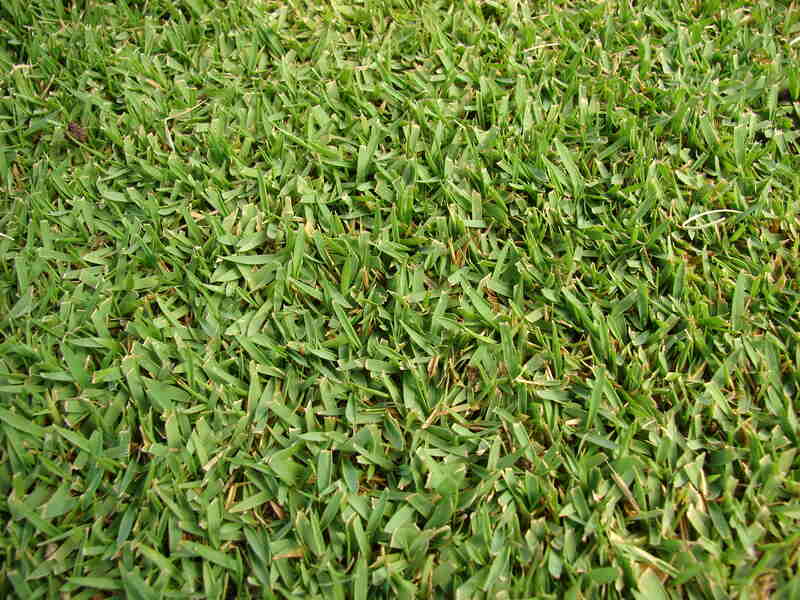
Photo Credit: Forest & Kim Starr / Wikimedia Commons / CC BY-SA 3.0
Zoysiagrass is a dense, light-to-medium green warm-season grass that tolerates cold relatively well and can even grow in moderate shade. It can also handle weeds, drought, foot traffic, and various soil types.
However, keep in mind that Zoysiagrass doesn’t repair itself easily if damaged and is slow to establish. You can choose to buy sod or plugs, although that will be more costly.
Classification: Warm-season grass
Spreads by: Stolons and rhizomes
Shade tolerance: Moderate (high for a warm-season grass type)
Drought tolerance: Moderate to high, depending on the cultivar
Foot traffic tolerance: High; dense growth resists damage, and spreading through stolons and rhizomes allows for quick recovery
Maintenance needs: Low to moderate
Mowing height: Typically 1.5 to 2.5 inches depending on cultivar and shade; heights below 1 inch need a reel mower (which is recommended anyway)
Potential for disease: Low to medium, depending on the cultivar
Cool-Season Grass Types for Tennessee
1. Turf-Type Tall Fescue
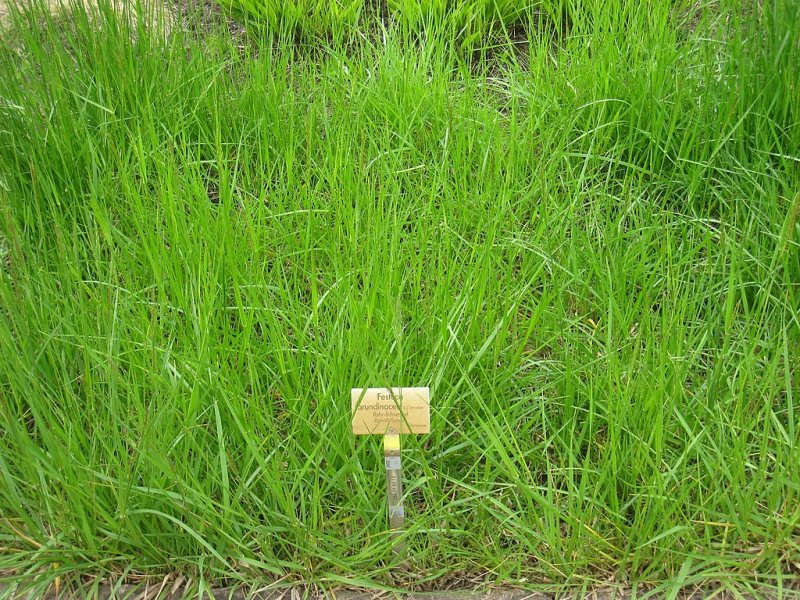
Photo Credit: Daderot / Wikimedia Commons / Public domain
A popular choice, turf-type tall fescue is a versatile year-round green grass with coarse leaves. It resists diseases and tolerates heat, drought, and foot traffic. Often, turf-type tall fescue is mixed with Kentucky bluegrass for its strong qualities.
Of course, no grass can withstand stress 100 percent of the time. If you want your turf-type tall fescue to recover from damage easily, get variety with rhizomes.
Classification: Cool-season grass
Spreads by: Bunches, occasionally rhizomes
Shade tolerance: Moderate
Drought tolerance: Very high
Foot traffic tolerance: High
Maintenance needs: Best to mow weekly; requires minimal fertilization; water as needed or your lawn will go dormant
Mowing height: 3 to 4 inches
Potential for disease: Low
2. Fine Fescue
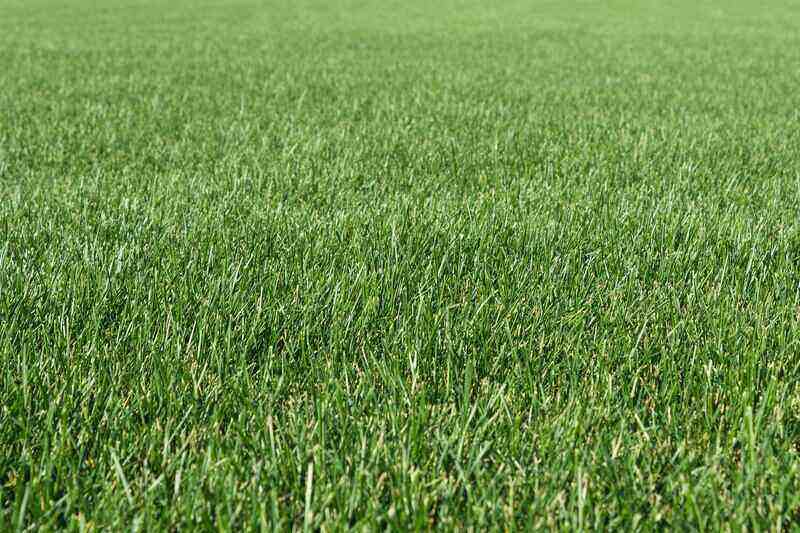
Photo Credit: Pixabay
Fine fescue grasses come in many varieties and are known for their fine texture and shade tolerance. They’re often mixed with other grass types for a more diverse and resilient lawn, but they can also be used as standalone grasses. Some varieties of fine fescue are suitable for infertile and acidic soils.
Take note that fine fescue doesn’t handle foot traffic well, so you might want to look at alternative options if you have a busy lawn.
Classification: Cool-season grass
Spreads by: Depends on the variant (most variants grow in bunches, but creeping red fescue uses rhizomes)
Shade tolerance: High
Drought tolerance: High
Foot traffic tolerance: Low
Maintenance needs: Mow every 2-3 weeks until growth slows in the summer; fertilize 2-4 times a year; aerate once a year
Mowing height: 2.5 to 4 inches; the grass is slow-growing, so taller heights may be preferable
Potential for disease: Moderate
3. Kentucky Bluegrass
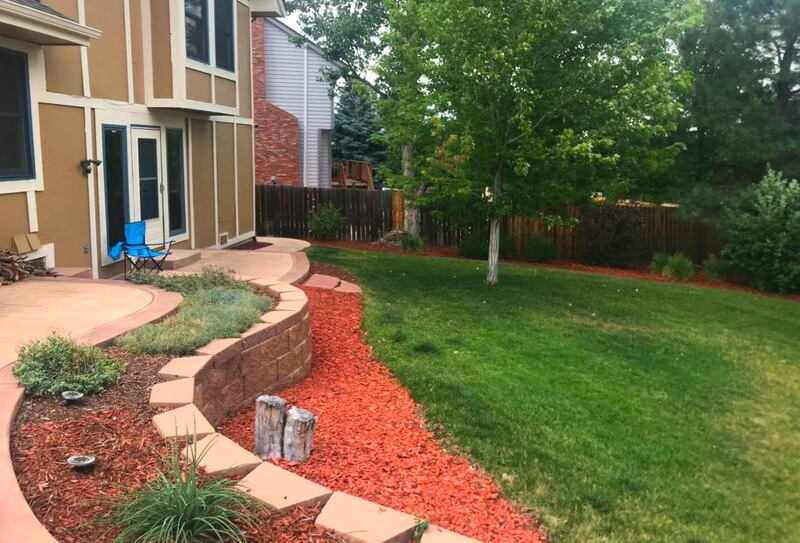
Photo Credit: Brenda Ryan / Wikilawn
Kentucky bluegrass forms a dark green turf that thrives under full sun and self-repairs if it’s damaged. This grass type is popular throughout the country for its dense, carpet-like appearance. However, it’s especially common in the Northern half of the United States where it grows best.
Note that the grass often struggles against diseases and pests. It also faces problems growing in poor soil, excessive heat, and shade. That’s why it’s often mixed with other grass types. Homeowners should keep in mind that Kentucky bluegrass also grows slowly and has shallow roots that need frequent watering.
Classification: Cool-season grass
Spreads by: Rhizomes (underground stems)
Shade tolerance: Tolerates partial shade, but prefers full sun
Drought tolerance: High but long periods of drought will lead to dormancy
Foot traffic tolerance: High in colder weather, lower in warmer seasons
Maintenance needs: Provide an inch of water weekly; mow every 5-7 days; fertilize 1-3 times a year
Mowing height: 2.5 to 3.5 inches
Potential for disease: Moderate to high; susceptible to diseases such as necrotic ring spots and rusts
FAQ About Tennessee Grass Types
Centipedegrass requires less water and fertilizer than other grasses. That means less work for you but also fewer chemicals getting into the environment. Additionally, centipedegrass grows slowly, reducing the need for frequent mowing.
Turf-type tall fescue can stay green throughout the year.
If you have trees or hardscapes, consider planting centipedegrass or Zoysiagrass. They’re shade-tolerant grasses that can grow in areas with less sunlight.
Busy lawn? No problem. From warm-season Bermudagrass and Zoysiagrass to cool-season turf-type tall fescue (which can be mixed with Kentucky bluegrass if you prefer), you have a number of options.
How to Make the Most Out of Your Tennessee Lawn
Choosing the right grass type is just the beginning of making the most of your Tennessee lawn. Proper watering, fertilization, and maintenance practices are also critical. Make sure that you take the steps to take care of your lawn properly.
If you want to add a little extra vibrancy to your yard, you may be in the market for plants. Be sure to look into planting natives. Native plants naturally grow in Tennessee’s climate, meaning that they’re easier to take care of and better for the environment and local wildlife.
If you need a hand, why not contact a Tennessee lawn care pro?
Main Image Credit: Stephen Yeargin / Wikimedia Commons / CC BY-SA 2.0